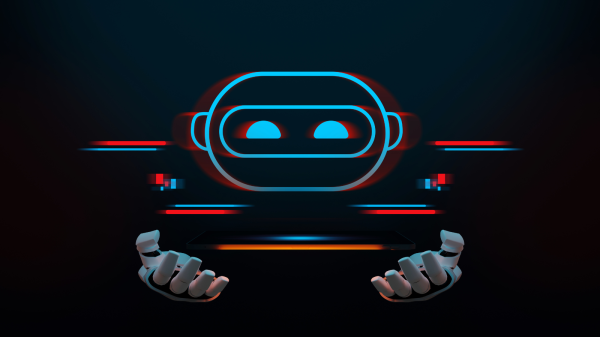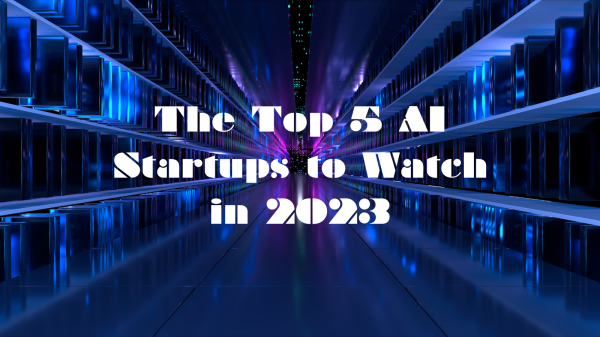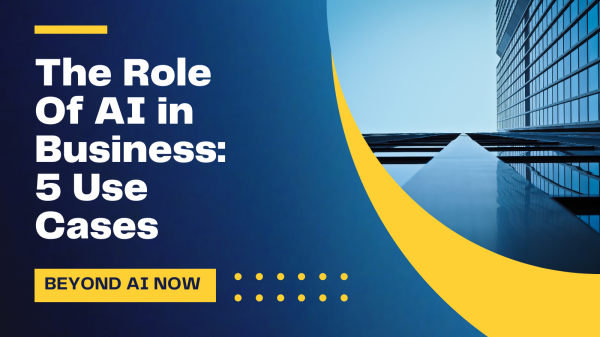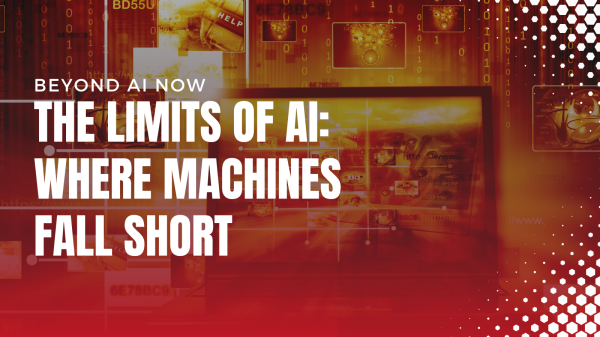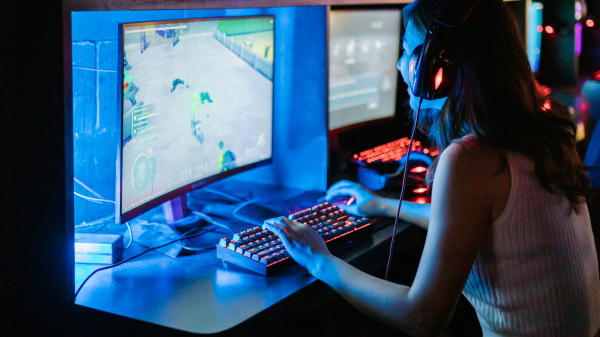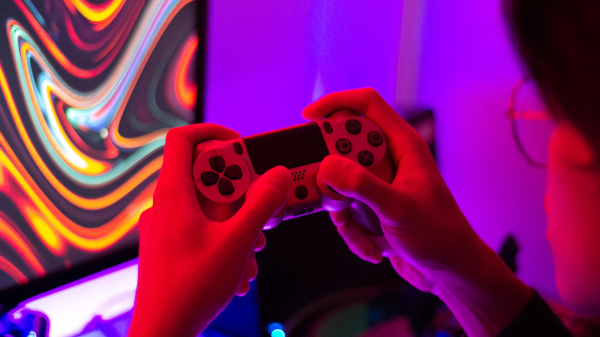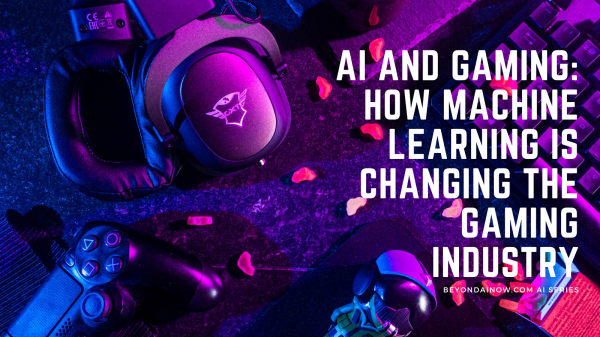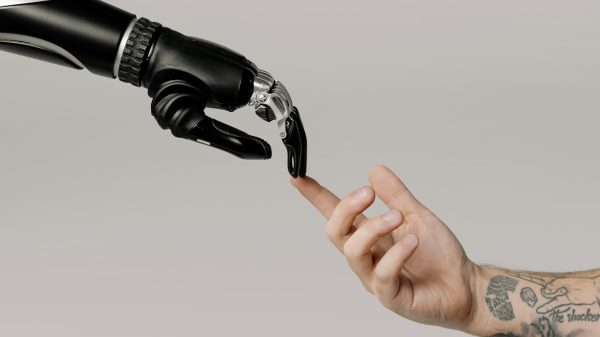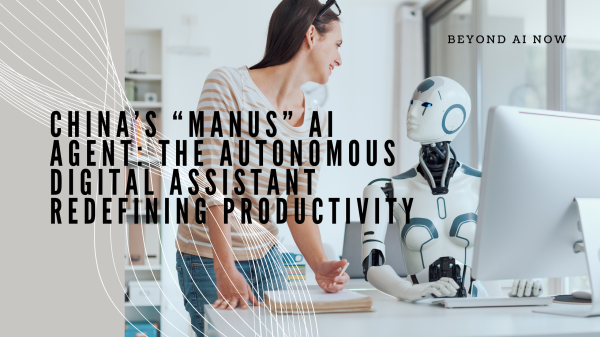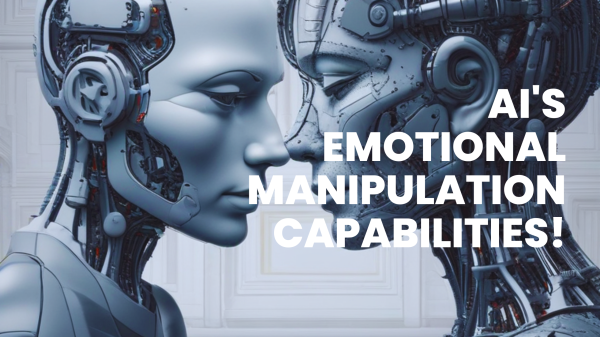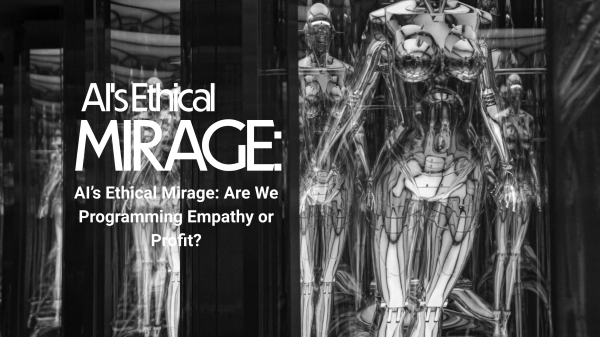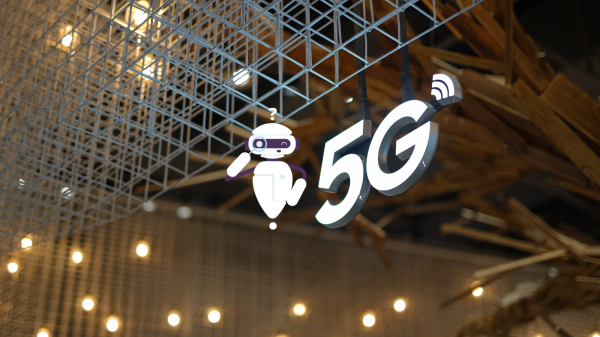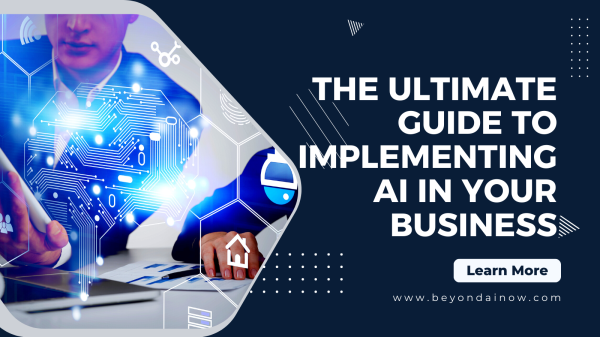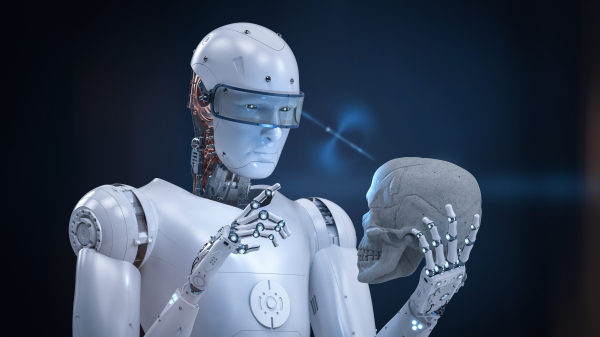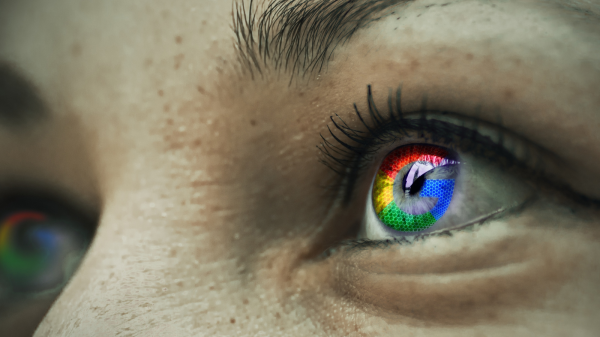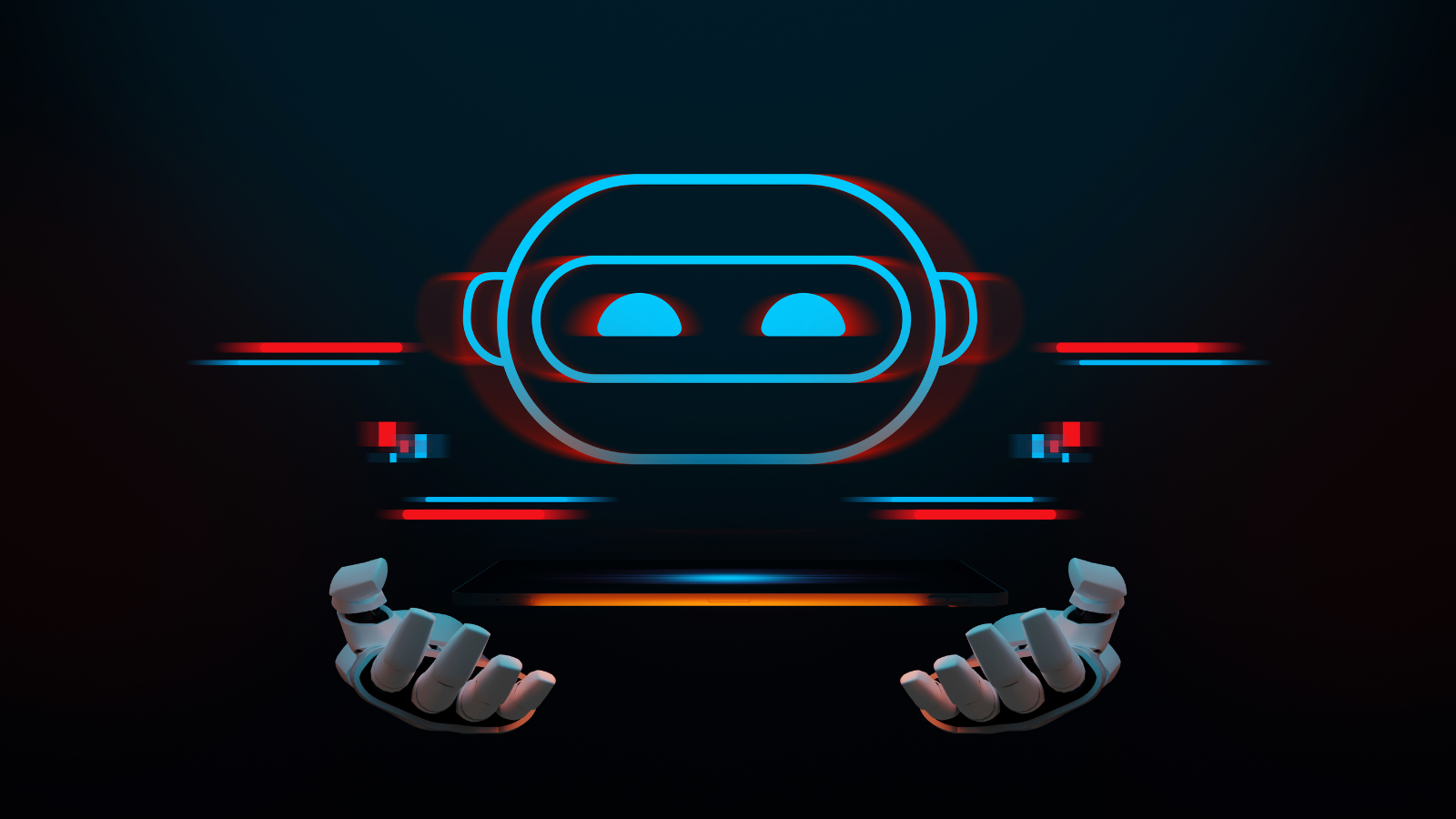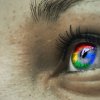In this comprehensive article, we delve into the fascinating world of Generative AI, a cutting-edge technology that has been revolutionizing various industries with its ability to produce creative outputs using machine learning algorithms. We explore the core concepts, applications, and potential of Generative AI, shedding light on how it is reshaping the future of creativity and problem-solving.
What is Generative AI?
Generative AI, also known as Generative Adversarial Networks (GANs), is a subset of artificial intelligence that focuses on generating new data, images, or content that closely resemble existing data. Unlike traditional AI models that rely on predefined rules, Generative AI leverages unsupervised learning to produce innovative outputs.
At the heart of Generative AI lies the GAN framework, comprising two neural networks – the generator and the discriminator. The generator is responsible for creating new data, while the discriminator evaluates the authenticity of the generated data. Through an iterative process, the generator improves its output quality, leading to the generation of highly realistic content.
Understanding the Search Intent: Informational
As an informational search query, users are looking to gain insights into Generative AI, its functioning, and its real-world applications. By providing valuable and in-depth information, this article aims to address the user’s intent comprehensively.
How Generative AI Works
Generative AI operates on the principle of learning from data patterns to create novel content. The process can be summarized as follows:
- Data Collection: The initial step involves gathering a vast dataset from various sources, which acts as the foundation for the AI model.
- Training the Generator: The generator is fed with the dataset and starts creating random outputs. Initially, these outputs are crude, but they improve with continuous training.
- Training the Discriminator: Simultaneously, the discriminator is trained to distinguish between real and generated data.
- Adversarial Process: The generator and discriminator enter into an adversarial process, where the generator aims to create more realistic outputs to deceive the discriminator, while the discriminator improves its discerning abilities.
- Convergence: Over time, the generator becomes adept at producing authentic content, and the discriminator finds it increasingly challenging to differentiate between real and generated data.
- Creative Outputs: The trained generator can now produce new content, such as images, music, or text, that closely resembles the input data.

Applications of Generative AI
Generative AI boasts a myriad of applications across diverse domains, including:
1. Creative Industries
Generative AI is a game-changer in creative fields like art, music, and design. Artists can use it to generate unique artwork and compositions, pushing the boundaries of creativity.
2. Healthcare and Medicine
In the healthcare sector, Generative AI is aiding researchers in drug discovery, medical imaging analysis, and disease prediction, thus advancing patient care and treatment.
3. Gaming and Entertainment
The gaming industry harnesses Generative AI to create virtual worlds, characters, and immersive experiences, captivating gamers worldwide.
4. Content Generation
Content creators can leverage Generative AI to automate content production, enabling them to focus on ideation and strategy.
5. Natural Language Processing (NLP)
Generative AI facilitates language translation, text summarization, and conversation generation, enhancing communication and breaking language barriers.
The Future Potential
The future of Generative AI is incredibly promising. As technology continues to advance, we can expect even more astounding applications and groundbreaking innovations. Some potential future developments include:
1. Personalized Creations
Generative AI could be used to create personalized art, music, and storytelling tailored to individual preferences, leading to a more engaging user experience.
2. Enhanced Virtual Reality
By combining Generative AI with virtual reality, we can create hyper-realistic virtual environments and simulations, making VR experiences more immersive and authentic.
3. Improving Education
Generative AI might revolutionize education by creating interactive learning materials, adapting to individual learning styles, and offering personalized feedback.
Conclusion
Generative AI is a revolutionary technology that transcends the boundaries of traditional AI models, infusing creativity and innovation into various sectors. Its ability to produce creative outputs using machine learning is a testament to the potential of artificial intelligence in shaping the future. From creative industries to healthcare and beyond, Generative AI is transforming the way we interact with technology and opening new horizons of possibility. Embracing this technology and exploring its endless applications will undoubtedly lead to a future where creativity knows no bounds.

